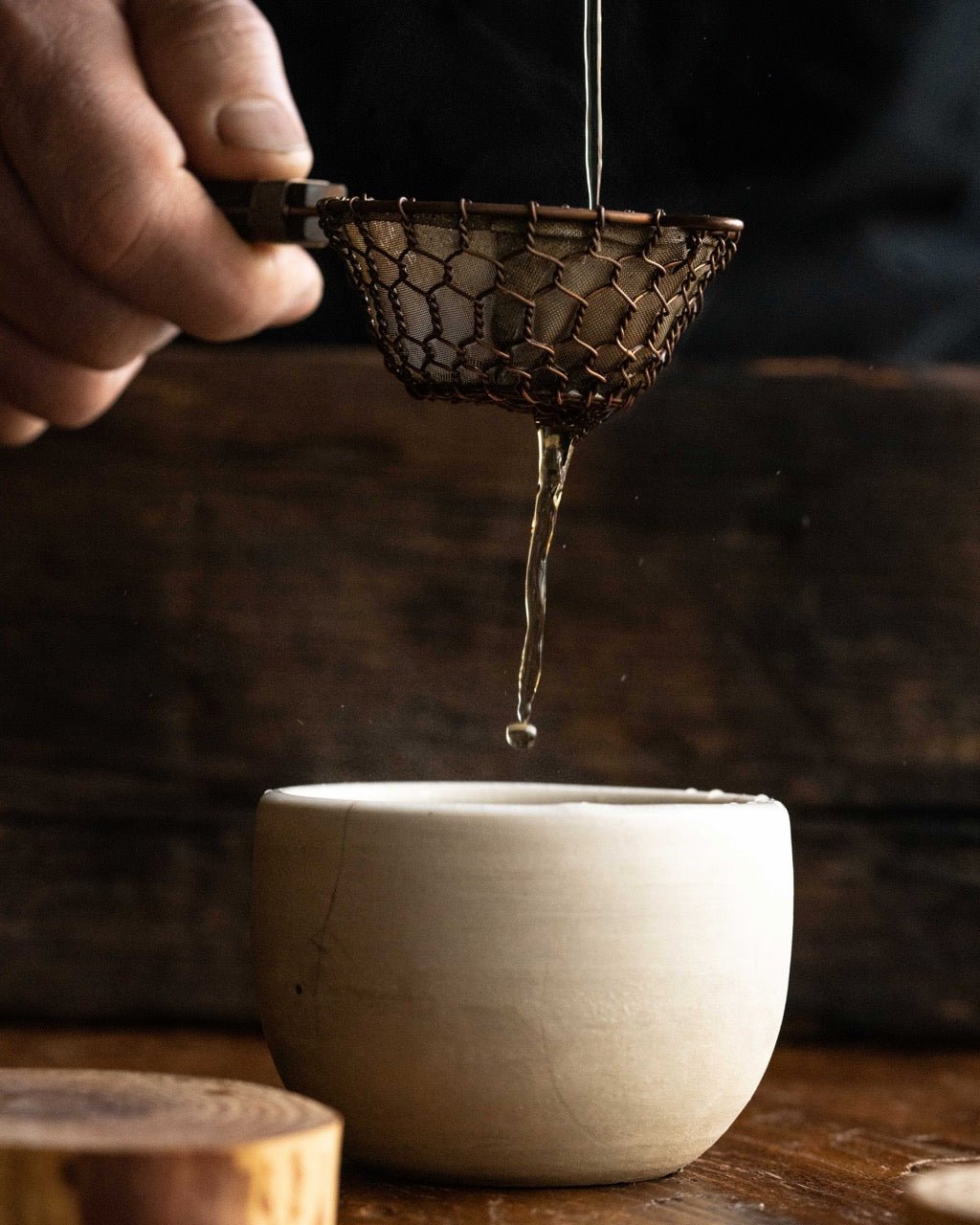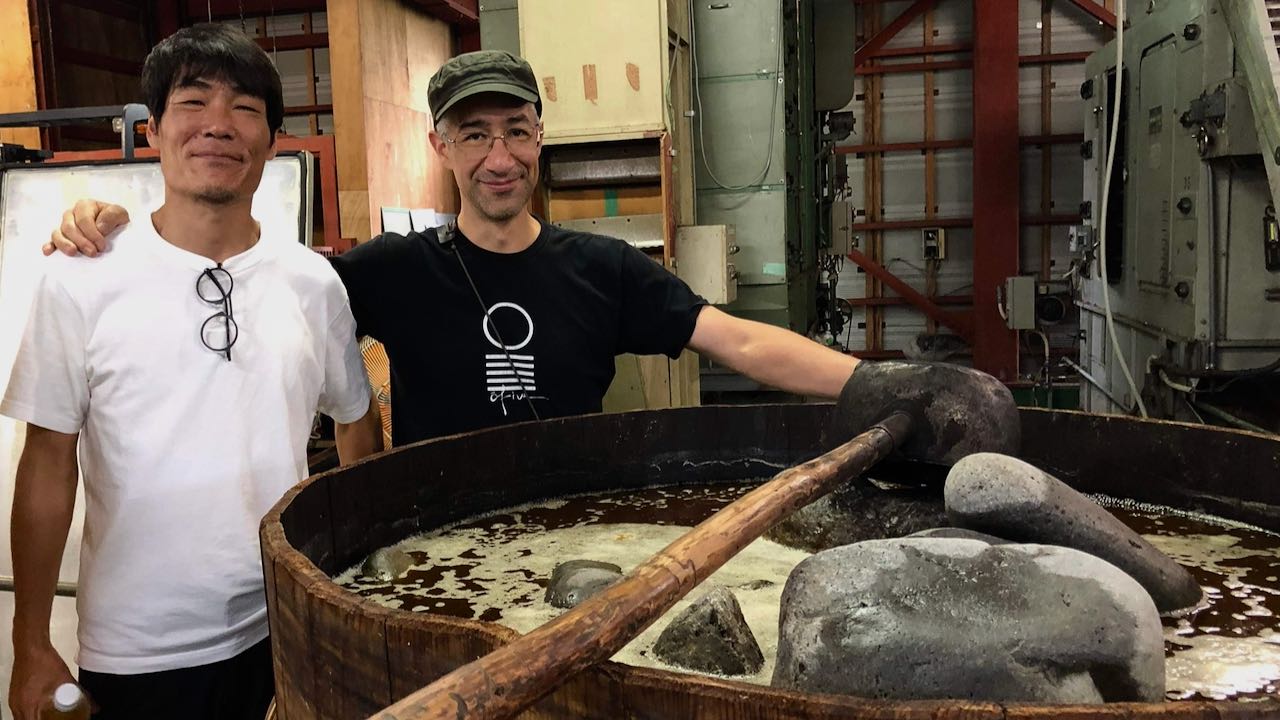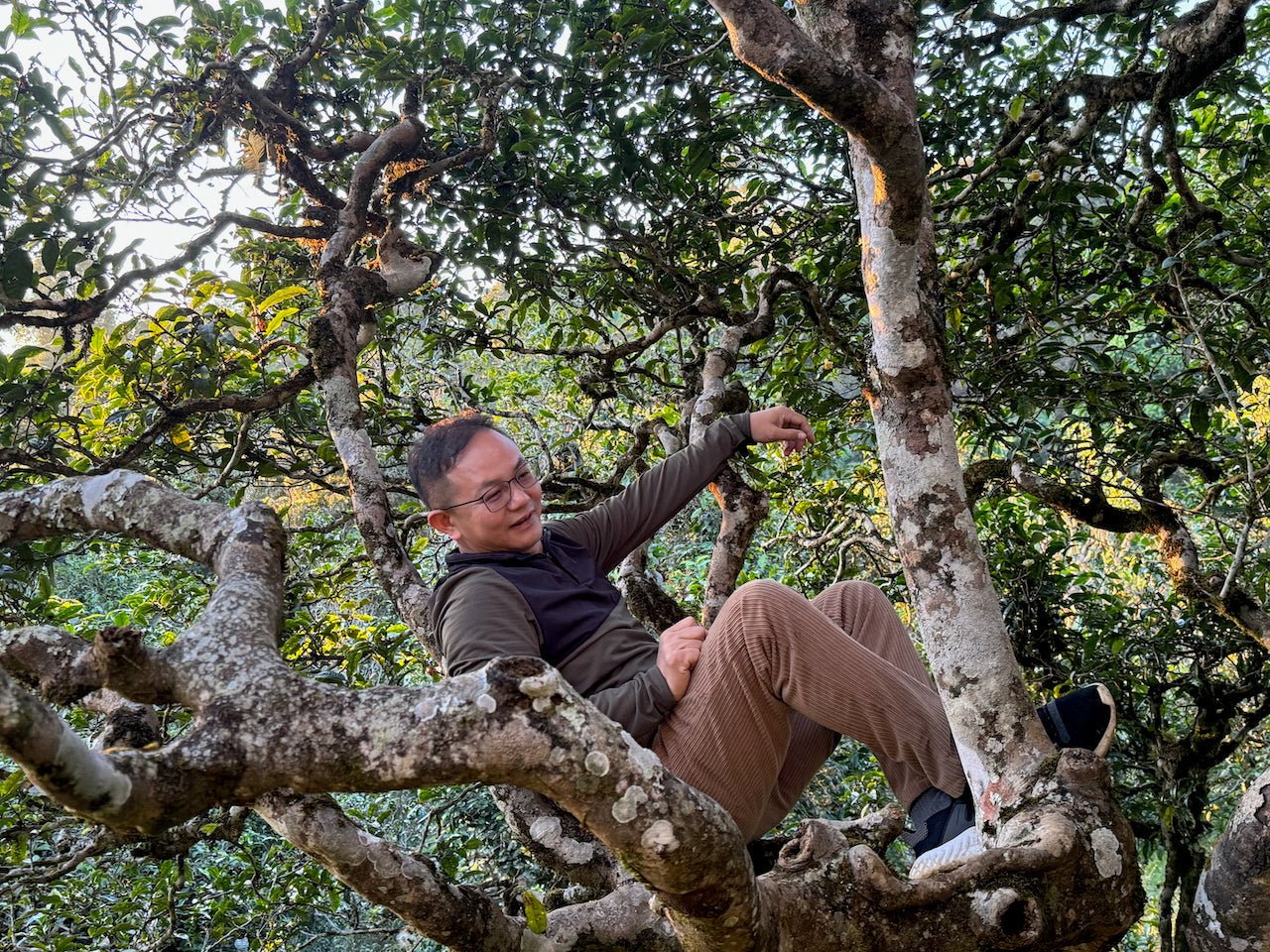What is Hojicha?

Hojicha (written as ほうじ茶 or 焙じ茶 in Japanese) is one of the most popular styles of tea in Japan and abroad. The Japan Tea Industry Central Association reports: "hojicha is made by roasting sencha and bancha over a strong fire" and catalogues ist as 'green tea.'
Hojicha leaves typically have a rich brown colour reminiscent of roasted grain; the brew tends to be particularly sweet and satisfying.

Brief History of Hojicha
There seems to be general consensus that the first batch of hojicha was commercialized some time between the Taisho and Showa periods (i.e. the 1920's) in Japan's Kyoto Prefecture. It is very likely that some tea producers roasted tea for personal consumption well before this period, but it is in the 1920's when the tea became commercially significant.
Who exactly created the first batch of hojicha? We were unable to find her or his name in any of the English and Japanese literature that we consulted for this article. However, the folk story about a local tea merchant who roasted older tea leaves to coax a delicious aroma (and singificantly improve the commercial value of otherwise non desireable leaves) does make sense.

A horoku is traditional tool to make hojicha at home. You can roast any older tea leaves you may have to create a delicious brew!
Why is Hojicha so Delicious (and Naturally Sweet)?
Hojicha, freshly baked cookies and breat owe their 'wow factor' to the same chemical phenomenon, commonly known as the 'Maillard Reaction". This is a non-enzimatic browning process, unlike the oxidation of fresh tea leaves for the production of black tea. In short, the Maillard Reaction is a chemical process that occurs between amino acids and reducing sugars when exposed to heat. You can learn more about the Maillard Reactio here.
And if you feel like diving much deeper into the effects of Maillard in tea, we recommend this article:
Gotti, R.; Leoni, A.; Fiori, J. Evaluation of Roasting Effect on Selected Green Tea Volatile Flavor Compound and Pyrazine Content by HS-SPME GC-MS. Appl. Sci. 2021, 11, 8217. https://doi.org/10.3390/app11178217

Types of Hojicha
Wikipedia Japan's entry for hojicha provides a very useful list of sub-types of roasted tea. We summarize them here, in English, for your convenience:
-
Hōjibancha (焙じ番茶) – A general term for roasted bancha, commonly found in regions where bancha is a daily drink.
-
Kyōbancha (京番茶) – A distinctive roasted tea from Kyoto Prefecture, known for its large leaves and unique smoky aroma.
-
Kaga Bōcha (加賀棒茶) – A stem tea hōjicha (also called "Karigane" かりがね), mainly produced in Ishikawa Prefecture and recognized as a Hometown Food Certified Food.
-
Karigane Hōjicha (雁ヶ音焙じ茶) – A refined roasted tea made only from the stems of first flush (Ichibancha) tea, known for its mellow and fragrant aroma.
-
Hōji Sencha (焙じ煎茶) – A high-quality hōjicha made from carefully selected first and second flush sencha leaves, offering a sweet, rich aroma.
-
Nagoya Hōjicha (名古屋焙じ茶) – A special roasted tea from Nagoya, known for its light roasting, golden liquor, and a slightly sweet, browned aroma.

Karigane Hojicha - Golden Twigs
Another more modern and very delicious way of consuming hojicha is as 'matcha like' powder. It is an excellent ingredient for iced or hot lattes drinks.

Iced Hojicha Latte


Comments